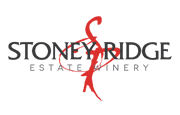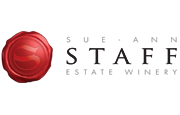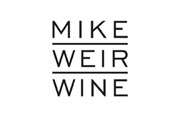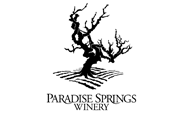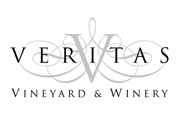Wine Movement
We use standard 1½” Tri Clover fittings on our pump and bottling truck. We supply a 22.8 meter (75 foot) of wine hose
from our pump to our truck. If the truck site is further than 22.8 meters (75 feet), the winery will need to supply additional hose needed with 1 ½” Tri Clover end. We recommend that winery has a means to hook regulated nitrogen to the wine hose to push wine to the bottling truck at the end of each wine varietal. Typically, a Tri Clover cap with a push on hose barb
fitting works fine.
Electrical
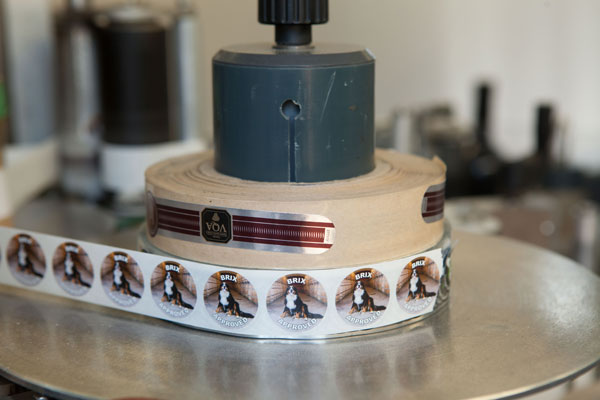 The mobile bottling truck has a power requirement of 100 Amp 208 Volt 3 phase 5 wire Hubbell 5100 receptacle. The truck has an 27.5 meter (90 feet ) cord with a Hubbell 100 Amp pin and sleeve plug on the end.
The mobile bottling truck has a power requirement of 100 Amp 208 Volt 3 phase 5 wire Hubbell 5100 receptacle. The truck has an 27.5 meter (90 feet ) cord with a Hubbell 100 Amp pin and sleeve plug on the end.
Hook up Options Include:
- Install a 100 Amp 208 Volt 3-phase 5-wire Hubbell 5100 receptacle where the truck will be setting up.
- If your winery doesn’t have 3 Phase power you can rent a generator minimum 45 KW from your local rental shop.
Labels
The labeller can apply up to 3 labels on a bottle including a neck spot or neck band. To ensure maximum efficiency we
recommend the following specifications:
Main Panel Label
- We can run front and back labels on the same roll. We prefer separate rolls for the front and back, which are more efficient and easier to monitor.
- The ideal roll size is 11″ but label roll size is maximum 298.5mm/11 3/4 inches.
- The core at the center of label roll is 76.2 mm/3 inches in diameter.
- Maximum overall label height is 152.4 mm/ 6 inches.
- Minimum overall label height is 19 mm/ ¾ inches.
- Minimum label width is 50mm/ 2 inches.
Neck bands
Neck bands can be ordered. Contact us for details.
Staffing
Staffing is one of the most important components to obtaining maximum run speed. The following set-up will allow you to 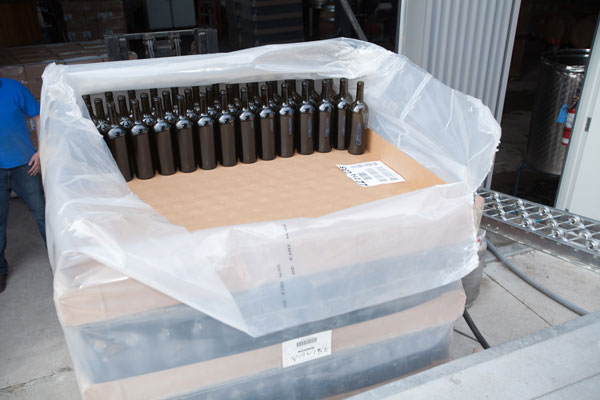 determine the number of staff will be required.
determine the number of staff will be required.
One winery staff member must be the point person. This individual should be familiar with the location of all bottling components and supplies necessary to the bottling. This person is often the winemaker or forklift operator.
Loading dock location, empty glass pre-packaged in cases
1-Glass loader/case sticker applicator
1- Dumper
2-Packers
1-Skid stacker
1 Forklift or pump cart operator (not required full time)
Loading dock location, glass in bulk
2- Glass Loaders
2-Packers
1-Skid stacker
1 Forklift or pump cart operator (not required full time)
If cartons aren’t pre-assembled a minimum of 2-3 staff will be required to erect the cartons to maintain the line speed.
Outside location, no loading dock, empty glass pre-packaged in cases
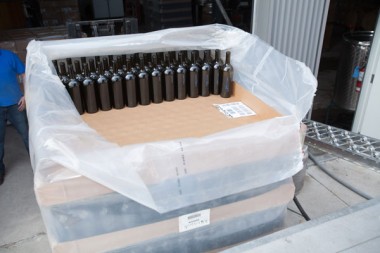 1-Dumper
1-Dumper
2-Packers
1-Skid stacker
1 Forklift operator (required full time)
Outside location, no loading dock, empty glass in bulk
2- Glass Loaders
2-Packers
1-Skid stacker
1 Forklift operator (required full time)
If cartons aren’t pre-assembled a minimum of 2-3 staff will be required to erect the cartons to maintain the line speed.
Tips to maximize production output and minimizing bottling costs
To take advantage of the lowest cost to bottle your wines the mutual goal of both the winery and Hunter Bottling must be to minimize the time the line is not running therefore maximizing the case output per hour. The mobile has the capabilities to run in excess of 250 cases per hour. To ensure maximum efficiency the following recommendations are offered:
Prior to arrival:
Wine should be properly filtered and ready to bottle. Final sulfur adjustments should be done the day before bottling to avoid delays.
- Wine should be 16-18°C to eliminate fluctuation of volume and condensation which hinders label application.
- Wine hoses cleaned and laid out. Note: Winery supplies the hoses from the tank to our pump which is placed in the cellar.
Product Information Sheet. This should be provided for each wine to be bottled and should include: (Glenn supplies printed prod info sheet)
1. Wine name and vintage
2. Litres
3. Label height from the bottom of the bottle to the base of the label (front and back if labels are on separate webs)
4. Size and type of closure
5. Bar code and all other information required on the case sticker
6. Ink Jet coding information for the bottle
Day of Arrival:
- Access to the winery 1.5 hours before the scheduled start of bottling
- Staff member to provide us with filters (if supplied by the winery), labels, corks or caps for the first wine to be bottled and all other wines there after
- The proper number of staff with the capabilities to perform the required tasks
- A qualified fork lift operator
Would you like to learn more about Hunter Bottling?
Our Clients

